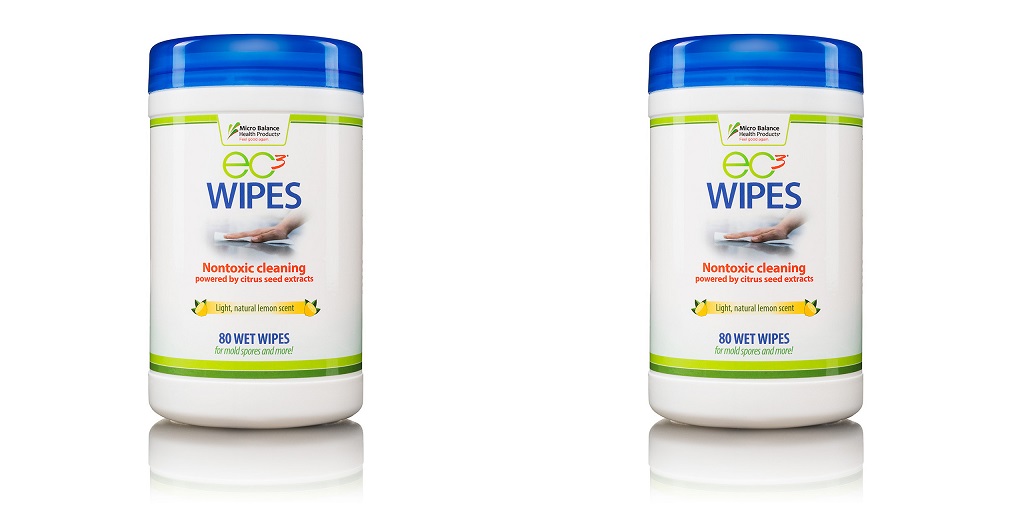People clean their homes with the intention of removing all kinds of dust, debris, mold, mildew, and bacteria. However, they sometimes do not use the proper cleaning products to get rid of the specific issue.
Common cleaning products and solutions can quickly clean up dust and other debris, but what if you have mildew or mold in your home? What if you have bacteria or mycotoxins that do not respond to regular cleaning products?
Knowing the difference between dust, mold, mildew and mycotoxins can make your cleaning regimen more effective, and can improve the health of the people that live within that environment.
Knowing More About Mold
Mold is a fungus that can grow in warm, moist areas that have a food source. This food source can be wood, dust, paper, fabrics, or any organic material. Mold can grow indoors and outdoors, as long as there is no direct sunlight in the area.
Mold spores can also cling onto particles in the air, which can affect the quality of your indoor air. These spores can also hibernate and take their time to grow, which means they can develop any time when the opportunity is right.
Often mold can grow in areas like the kitchen and toilet. But if you live in areas with high humidity, mold can also grow in hot and humid rooms and places, such as wardrobes, kitchen shelves, laundry rooms, and basements.
Knowing More About Dust
Dust is composed of the debris and particles of non-living matter but can also contain components and particles from living organisms. These could include dead skin cells, hair, animal fur, pape and soil.
These particles can be so tiny and light that they can be carried by the wind, and they could land on any surface, which could include curtains, furniture, shelves, tables, books, and clothing.
However, mold spores could mix with dust particles even when they are airborne. They could then settle along with the dust in any surface area, which can make dust cleaning very difficult and dangerous for your health too.
White and black mold spores can appear similar to dust, especially when they are in their early phase of growth. Sometimes there is a need for a test to see if your dust is mold or not, and you can use a mold test kit to do so, or hire professionals to do the testing for you.
Dust or Mold?
If you want to know how to distinguish between dust and mold, one way to do this is to see if the material comes off quickly. Dust can be easily cleaned off with a wet rag, but mold can cling onto the surface strongly, as it goes deep into the cracks and crevices of any surface.
Dust also has no smell, while mold can have a strong, musty or earthy smell. The strong scent of damp can linger in an area even after cleaning off the material, which indicates that the mold is still present in the room.
Another way to know is to check where the material is settling. Dust only settles on the surface, and will not defy gravity. But mold can grow vertically, and can grow upwards and vertically. If you use cleaning wipes to remove dust, the color of the surface will not change. But if the area becomes lighter after using cleaning wipes, it’s an indication of mold.
Regular Cleaning Keeps Dust and Mold Away
When you know what you’re cleaning it’s easier to keep your home mold and dust-free. You can buy the right cleaning materials and solutions that will take your cleaning methods to another level.



